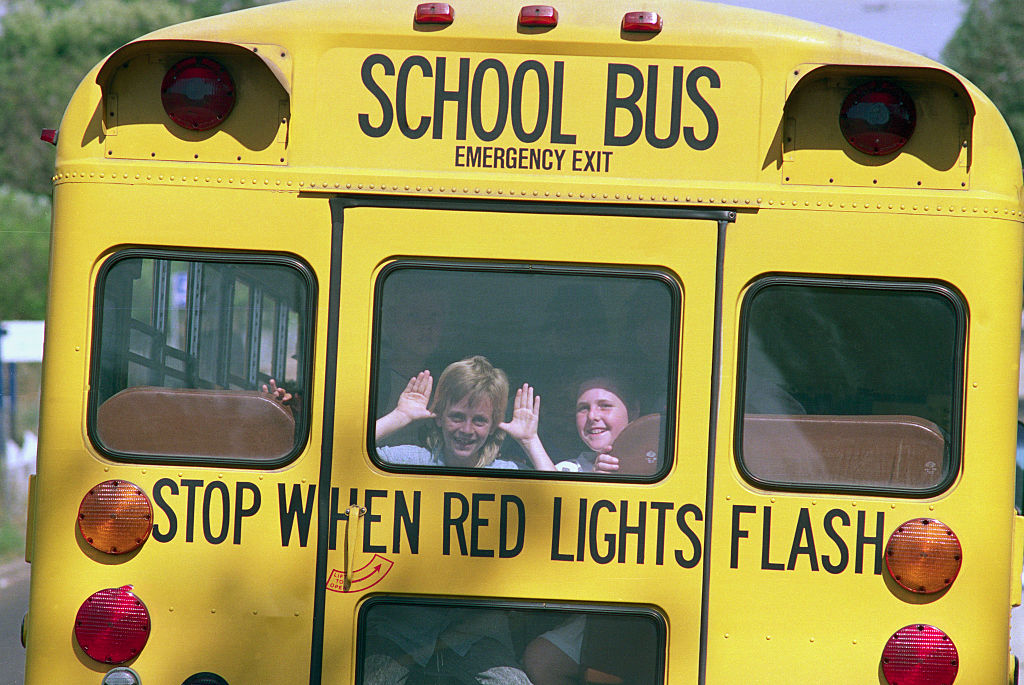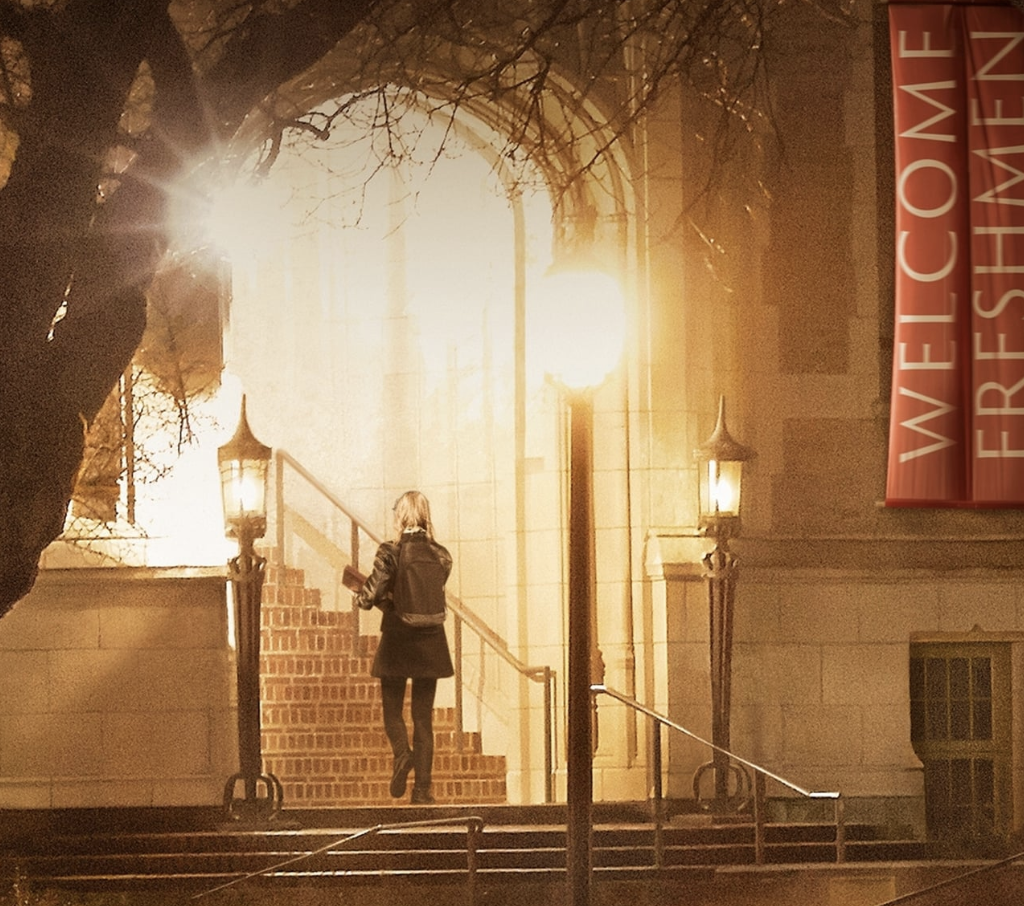
Seven years ago, two parents whose child was sexually assaulted on a high school field trip created the nonprofit Stop Sexual Assault in Schools (SSAIS) after demanding accountability from the Seattle school district. For the website’s inaugural blog, Fatima Goss Graves, now president and CEO of the National Women’s Law Center, wrote: “If we do not bring a serious focus to the problem of sexual harassment and assault in elementary and secondary schools, it will be nearly impossible to make real progress at any other level of education.”
SSAIS founders soon discovered that K-12 schools proved ignorant of their duties under Title IX, as exemplified in the 2012 NBC report “Bay Area Schools Ignoring Title IX,” based on the Equal Rights Advocates research on “Ending Harassment Now.” Because schools nationwide have mischaracterized sexual harassment as “bullying,” thereby de-gendering it, they sidestep their obligation to address the sex-based harassment under Title IX. By so doing, schools have essentially erased the harassment.
Academics, researchers like Nan Stein and Charol Shakeshaft, advocates like the late Title IX “Godmother” Bernice Resnick Sandler and others have long identified these issues. In 2001, the American Association of University Women released its “Hostile Hallways” report and in 2011, “Crossing the Line: Sexual Harassment at School.”
But the public was still unaware of widespread K-12 sexual harassment and violence.
If we do not bring a serious focus to the problem of sexual harassment and assault in elementary and secondary schools, it will be nearly impossible to make real progress at any other level of education.
Fatima Goss Graves
By 2015, sexual violence on college campuses was a part of the national consciousness. President Obama had launched the It’s on Us campaign, films like It Happened Here and The Hunting Ground put a human face on campus assault, Lady Gaga sang about sexual violence in “Till it Happens to You,” and importantly, student and survivor-led activism fueled the campus anti-rape movement.
That movement “laid the groundwork for the emergence of #MeToo, the highest profile campaign against sexual harassment and violence in U.S. history,” according to The New Campus Anti-Rape Movement.

But college anti-rape advocates did not explain how rampant K-12 sexual harassment led to sexual violence on college campuses. (The missed opportunity to spread awareness is discussed in “Why Lady Gaga Should Be Talking to a Rape Victim’s Mother About K-12 Sexual Assault.”)
Nevertheless, the campus anti-rape movement paved the way for a movement to address K-12 sexual violence. The media reported heinous assaults, like the 2012 Steubenville rape case, LGBTQIA+ suicides resulting from sexual harassment, sexual assault “hazing” and incidents of educator abuse. But by and large, the public was still unaware of the widespread sexual harassment identified by researchers decades earlier. When journalists focused on consent education, SSAIS asserted that consent education must occur alongside Title IX education. (See: “As the Mother of a Rape Victim, I Know Consent Education Is Not Enough.”)
To raise awareness, SSAIS drew upon the national attention the founders’ case received to sound the alarm. The Washington Post published the groundbreaking 2016 report, “Sexual violence isn’t just a college problem. It happens in K-12 schools, too.” Shortly thereafter, then-VP Biden invited four organizations to discuss K-12 sexual violence. (Read more: “What the White House Asked Us About K-12 Sexual Violence” and the Women’s Media Center’s “School sexual harassment: Underreported and ignored.”)
Unlike the college anti-rape movement fueled by outspoken survivors, the nascent K-12 movement lacked student survivor-advocates in its early years. Most survivors were minors who feared being blamed, punished and retaliated against for speaking out.
“We’ve seen too many cases where students tell trusted teachers or administrators that they’ve been abused and end up suspended or expelled,” said Alexandra Brodsky, staff attorney at Public Justice. “And public reporting suggests survivors of color are particularly likely to be punished in this way.”
There were exceptions, like advocate Chessy Prout, whose assault at an elite private school received international attention. But few K-12 survivors have the support to wage high-profile campaigns for accountability. Without K-12 student survivors willing to speak to the media, SSAIS introduced survivors’ parents to journalists, which led to groundbreaking articles (notably “Reporting a school sexual assault can increase a victim’s risk of punishment“).
SSAIS continued to engage in media outreach and provided background for the Associated Press’s 2017 series “Schoolhouse Sexual Assault.” Mark Keierleber’s 2017 report “The Younger Victims of Sexual Violence in School” and his “#MeTooK12: One Daughter’s Trauma, and a Family’s Quest to Prevent School-Related Sexual Violence” (2018) followed. In 2019, the New York Times addressed K-12 sexual violence in “‘It’s Like the Wild West’: Sexual Assault Victims Struggle in K-12 Schools.” (See a chronological survey of selected media reports here.)
While SSAIS focused on sexual harassment in schools, the Unslut Project addressed “sexual bullying” generally. UnSlut: A Documentary Film (2015) featured conversations with women who experienced sexual shaming, including family and friends of Rehtaeh Parsons, a Halifax teen who died by suicide after being gang-raped.
UnSlut’s creator, Meghan Joyce Tozer, explained the importance of survivor advocacy: “One of the main reasons we’re now aware of the rampant sexual violence in grades K-12 is that children and teenagers have started speaking up. Now, with the success of story-sharing initiatives like The UnSlut Project and the viral #MeToo movement, students know they’re not alone. … They have made it impossible to ignore the danger they face at school when adults look the other way.”
Two other films focusing on K-12 sexual violence—Audrie and Daisy (2016) and Roll Red Roll (2018)—were released.
New organizations, like SafeBAE and I Have the Right To emerged, while Know Your IX posted additional resources for high school students. The National Women’s Law Center raised awareness with toolkits addressing school pushout, girls of color, intersectionality and more. Equal Rights Advocates published an expanded survivor guide including K-12 students. SSAIS created toolkits and the student-focused video “Sexual Harassment: Not in Our School!” Public Justice attorney Adele Kimmel raised awareness in media reports, while attorney Carrie Goldberg spotlighted the disproportionate punishment girls of color experience after being sexually assaulted at school.
Further attention was drawn to K-12 sexual harassment and violence in 2016 when former U.S. Department of Education Secretary Betsy DeVos proposed amendments to the regulations governing Title IX implementation. In 2017, the #HandsOffIX social media campaign was created to oppose the amendments, which dangerously impacted both college and K-12 students. Public opposition was substantial—over 124,000 comments were submitted to the regulations.gov website, but DeVos’ amendments took effect anyway.
“The changes that the Trump administration made in 2020 to the Title IX rules that create high burdens for students reporting sexual violence … effectively allow schools to further sweep harassment under the rug,” said NWLC attorney Shiwali Patel.
In 2018, the SSAIS #MeTooK12 campaign received considerable media attention. The campaign’s progress is discussed in “Levin: #MeTooK12 at 2—the Impact of National Campaign to Stop Sexual Assault in Schools, and What Needs to Happen Next” and “#MeTooK12 Turns 4, Students Can’t Wait for Adults to Make Change.” (Selected articles across various media appear here.)
While student-led groups can be effective in raising awareness and making local change, they are difficult to sustain. Berkeley High School Stop Harassing, established in 2012 with support from dedicated adult advisors, is a notable exception. Student advocacy dramatically increased when classroom learning resumed after the pandemic. Students resorted to Instagram campaigns and demonstrations to expose their schools’ failures to address sexual assault, as discussed in “Students Are Walking Out of School to Demand Better Protections From Sexual Harassment and Assault.” The long-awaited upsurge of young survivors to drive change had arrived.
But obstacles to making effective change stem from “the lack of resources to support Title IX compliance, including for Title IX coordinators, who are responsible for ensuring schools are complying with Title IX and responding appropriately to sex discrimination, including sexual harassment, Patel explains. Obstacles are also cultural, specifically the “long-standing rape myths that impact how we perceive and respond to victims and survivors of sexual violence.”
Another fundamental problem, said Meghan Joyce Tozer, is “the reluctance of those in decision-making roles to acknowledge the extent of their past failures. Before an institution can solve a cultural problem, it must first recognize the problem exists … and it’s a reckoning communities are understandably afraid to face.”
Despite obstacles, change is slowly occurring. When SSAIS founders filed a Title IX complaint with the U.S. Department of Education Office for Civil Rights (OCR) in 2014, there were only 24 K-12 schools under investigation. OCR is currently investigating 136 sexual violence and 254 sexual harassment complaints.
Because the 2020 Title IX rules enabled schools to ignore sexual harassment and assault, forward-thinking lawmakers introduced bills to address K-12 sexual harassment and violence—examples include the Stop Sexual Harassment in K-12 Act, California’s AB 218 (in effect) and Oregon’s House Bill 3077 (in effect). (Read about previous calls for legislative action here.)
But few school districts are invested in creating learning environments free from sexual harassment, assault and sex discrimination. The NWLC’s “100 School Districts” and the NCWGE “Title IX at 50” reports identify key policies and practices. Resources like SASH Club (Students Against Sexual Harassment) empower youth to address sexual harassment and assault.
Students and allies can’t wait for top-down change. We must demand action now.
Visit the compilation of resources on the Stop Sexual Assault in Schools website.
Selected Resources
- 100 School Districts (NWLC)
- Title IX at 50 (NCWGE)
- Preventing sexual assault in schools: It is up to us and Know the warning signs of educator sexual misconduct (Charol Shakeshaft)
- Shifting Boundaries (Nan Stein)
- Student-to-Student Sexual Harassment K-12 (Bernice Resnick)
- Title IX Coordinators (SSAIS)
- Parents: You Can Become the Agent of Change for Title IX Policies in Your Schools (SSAIS)
- Toolkits and Factsheets (SSAIS)
- As #MeTooK12 Turns 4, Students Can’t Wait for Adults to Make Change
- SASH Club (Students Against Sexual Harassment)
- Know Your Rights at School (Equal Rights Advocates)
Up next:
U.S. democracy is at a dangerous inflection point—from the demise of abortion rights, to a lack of pay equity and parental leave, to skyrocketing maternal mortality, and attacks on trans health. Left unchecked, these crises will lead to wider gaps in political participation and representation. For 50 years, Ms. has been forging feminist journalism—reporting, rebelling and truth-telling from the front-lines, championing the Equal Rights Amendment, and centering the stories of those most impacted. With all that’s at stake for equality, we are redoubling our commitment for the next 50 years. In turn, we need your help, Support Ms. today with a donation—any amount that is meaningful to you. For as little as $5 each month, you’ll receive the print magazine along with our e-newsletters, action alerts, and invitations to Ms. Studios events and podcasts. We are grateful for your loyalty and ferocity.





